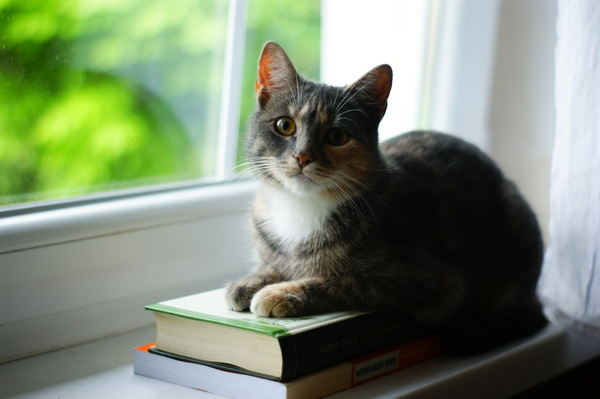
Cat litter and litter boxes play a critical function in the lives of both cats and their owners. From the humble beginnings of sand and soil to the innovative improvements these days, the world of cat litter has actually evolved significantly. In this extensive guide, we explore every element of cat litter and litter boxes, exploring their history, types, advantages, obstacles, and whatever in between.
The history of cat litter go back centuries, with ancient civilizations utilizing sand, soil, and even ashes as primitive litter products. Nevertheless, it wasn't till the mid-20th century that modern-day cat litter as we understand it emerged. In 1947, Edward copyright presented the world's very first business cat litter made from absorbent clay, revolutionizing the way cats relieved themselves indoors. Since then, cat litter has undergone many transformations, with the intro of clumping litter, silica gel litter, eco-friendly alternatives, and more.
Today, feline owners are ruined for choice when it comes to picking the ideal litter for their feline buddies. Conventional clay litter remains popular for its cost and efficiency in soaking up smells. Clumping litter, which forms solid clumps when wet, simplifies cleaning and upkeep. Silica gel litter, made up of highly absorbent silica crystals, offers remarkable smell control and durability. Naturally degradable options, such as recycled paper, wood pellets, corn, and wheat, appeal to ecologically mindful consumers.
Each type of cat litter uses special advantages. Clay litter masters its capability to soak up moisture and control odors, making it a dependable option for numerous cat owners. Clumping litter simplifies everyday scooping and extends the time between total litter modifications. Silica gel litter provides cat litter boxes extraordinary odor control and can last longer in between replacements. Eco-friendly litters provide a sustainable alternative that decreases environmental impact.
While cat litter boosts indoor feline hygiene, it is not without its challenges. Dust from clay litter can present respiratory dangers for both cats and cat litter tray people, prompting the appeal of dust-free alternatives. Some felines may establish litter box aversion due to issues with texture, fragrance, or cleanliness, demanding experimentation with different litters and box setups. Multi-cat homes might require tactical litter box positioning and frequent upkeep to avoid territorial conflicts and ensure all felines have access to clean centers.
Selecting the suitable litter box is essential for promoting favorable litter box routines and overall feline wellness. Aspects to consider consist of size, accessibility, and style choices. Covered litter boxes offer personal privacy and help consist of odors, however some felines may discover them confining or daunting. Open-top litter boxes use easy access and presence but may lead to more litter scatter. Automatic self-cleaning litter boxes streamline upkeep however require routine tracking and upkeep.
Appropriate litter box upkeep is essential for making sure a tidy and inviting environment for both cats and their owners. Daily scooping gets rid of waste immediately, minimizing odor and preventing litter box hostility. Regular litter replacement, usually every 1-2 weeks, avoids bacterial buildup and preserves ideal absorbency. Extensive cleaning with moderate cleaning agent and water, avoiding severe chemicals that might discourage felines from utilizing package, should be performed monthly.
Cat litter and litter boxes play a main role in promoting a healthy and Self Cleaning Litter Boxes unified relationship in between felines and their human companions. With a diverse range of litter options and litter box designs readily available, feline owners have the flexibility to customize their options to match their felines' preferences and home requirements. By comprehending the advancement, types, benefits, and challenges of cat litter and litter boxes, pet owners can offer their feline pals with a comfy and sanitary indoor environment.